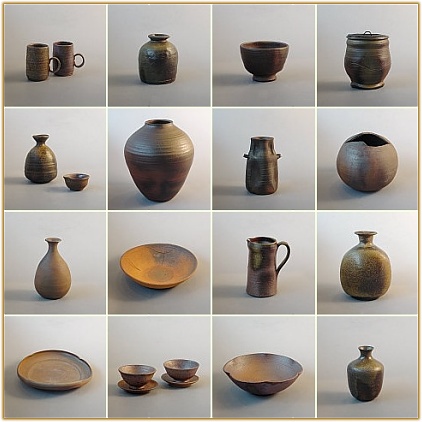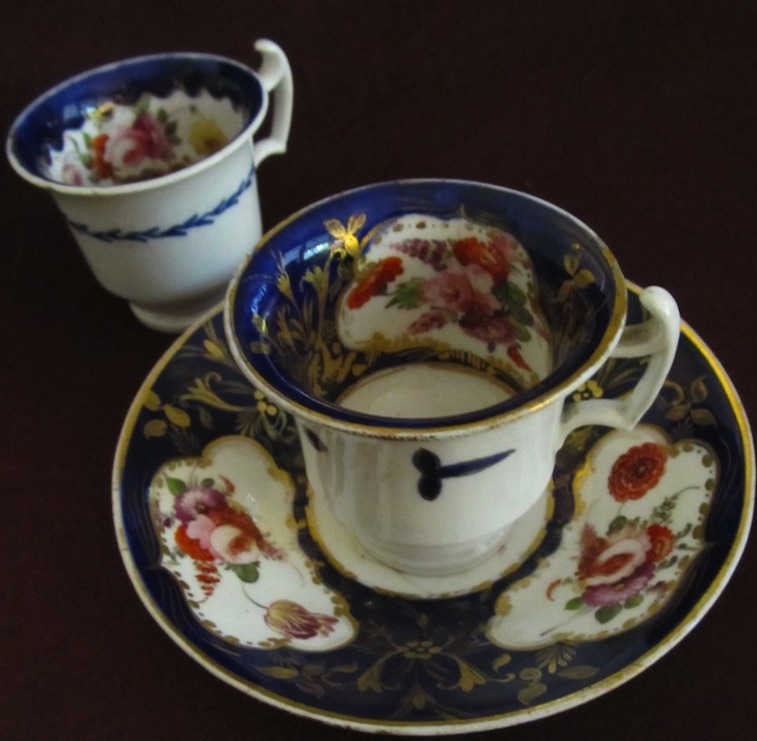Although first developed some time after Chinese porcelain, Japanese porcelain has long been among the most sought after of all Oriental works of art. And the good news is, not all pieces will cost you a fortune.
 According to legend, the first Japanese porcelain was made in 1616. Although their wares often reflect the influence of Chinese styles, Japanese potters have developed their own distinctive colour schemes and patterns.
According to legend, the first Japanese porcelain was made in 1616. Although their wares often reflect the influence of Chinese styles, Japanese potters have developed their own distinctive colour schemes and patterns.
The wares you’re most likely to come across are Arita, Imari, Kakiemon and Satsuma. Not all cost a fortune – you can still find pieces for a few hundred pounds or less. Decoration can affect value dramatically. The Arita plate shown here is worth more than £12,000 because it’s decorated with the cipher of the Dutch East India Company. Without this mark, it would be worth only £1,500 to £2,000.
Arita
Named after the town of Arita, where Japanese porcelain production was concentrated. Although Arita, Imari and Kakiemon wares were all made in the same kilns, the term Arita usually describes only the blue and white wares.
Japanese blue and white wares, such as the c.1690 Arita export dish shown above, have three distinctive features:
- granular porcelain
- extremely dark (as here) or very soft underglaze blue
- three or possibly more spur marks on the underside of the piece
Pieces are worth from around £12,000 to £15,000.
| Kakiemon These pieces are named after the man who’s said to have invented coloured enamelling in Japan. They can be identified by their often geometric shape, a predominance of reds and sky blues and the white ground, high quality, often sparse and asymmetric decoration. Worth £10,000 to £12,000 |
 |
| Satsuma Wares are recognised by their cream-coloured ground, lavish gold decoration and finely crazed glaze. Prices vary widely: quality pieces may fetch tens of thousands, but you can sometimes find a single mid-19th century or later piece for as little as £100. This 19th-century vase is one of a signed pair worth £3,000 to £5,000. |
 |
| Imari Of all Japanese ceramics, Imari (named after the port through which they were shipped to Europe) are the ones you see most frequently and are worth £7,000 to £10,000. The large late 17th-century vase picture here has many of the features characteristic of Imari wares:
Imari has been much faked and imitated. Copies from the 18th and 19th centuries are valuable in their own right. Modern copies, such as this Korean vase, may be expensive but have little status as collectables. |
 |
Remember
Remove loose lids from jars before you pick them up to examine them.











